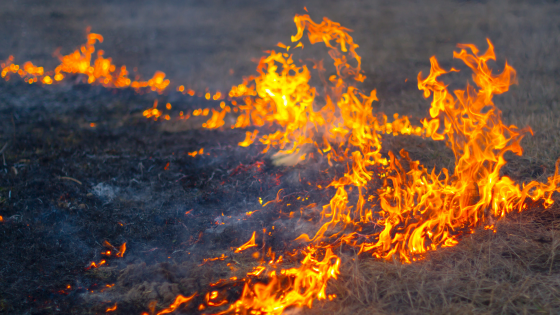Wildfire risk is increasing, but property owners are not powerless against the rising threats. By taking the time to understand your insurance and defend your property, you’ll reduce your risks.
The Rising Threat
In 2023, wildfires ravaged Lahaina and killed 101 people, making it one of the deadliest fires in U.S. history. The U.S. Army Corps of Engineers says more than 6,000 families were displaced and the fires caused approximately $5.5 billion in property damage.
The Maui wildfires were devastating. They may also be indicative of rising wildfire risks. According to a report by the House Wildfire Prevention Working Group, changes in large-scale land use over the past several decades combined with climate change have increased the size and intensity of wildfires across Hawaii. Furthermore, a federal analysis of wildfire risk to homes found Hawaii is the state with the greatest likelihood of high-intensity fires near where people live.
How Does Wildfire Insurance Work?
The good news is standard property insurance typically covers wildfire and smoke damage. See your policy for details.
If your property is damaged in a wildfire, file a claim with your insurance company. The insurer will pay to repair or replace the building and your personal belongings, under the terms of the policy and up to the policy limits. You will be responsible for the deductible.
Homeowners policies also typically cover “additional living expenses,” such as hotel costs if your home is uninhabitable, whereas commercial property insurance policies may provide business interruption coverage. See your policy for details regarding limits, exclusions, and requirements.
When reviewing your wildfire insurance coverage, there are three crucial coverage elements to consider:
- Is your limit high enough? To ensure you have enough coverage to rebuild after a total loss, you need to insure your property for the full replacement value. Since property values and construction costs have increased, you may need to raise your limits. Also consider your limits for personal property.
- Can you afford your deductible? A high deductible may bring down the cost of coverage, but it needs to be within your budget.
- Do you have comprehensive auto insurance? Property insurance doesn’t cover vehicles, but comprehensive auto insurance will cover your car if it’s damaged in a fire.
Four Steps to Help Make Your Home Defensible
Property owners can achieve two goals by making their homes more defensible against wildfires. First, they’ll decrease the risk of a devastating wildfire destroying everything they own. Second, they’ll make their property more appealing to insurance companies, which will make it easier to secure affordable coverage.
- Create a defensive space around your home or building. This should consist of separate zones with different levels of fuel reduction and vegetation management. See the HWMO fire action guide for details.
- Practice regular maintenance to make your home or building safer from embers and heat. This includes cleaning plant debris from the roof and gutters, replacing loose or missing shingles or roof tiles, installing metal mesh screening on vents, and repairing or replacing damaged or loose window screens or broken windows. See the NFPA for more information.
- Check water and fire response supplies. Businesses should verify that a hydrant is located within 250 feet and consider installing a cistern or water storage tank. Businesses should also prepare first aid fire equipment. See the Texas Department of Insurance for details.
- Create an emergency plan. Don’t forget about your own safety. Create an evacuation plan. Businesses should also create a business continuity plan.
Do you need help reviewing your wildfire insurance? Find an agent.

